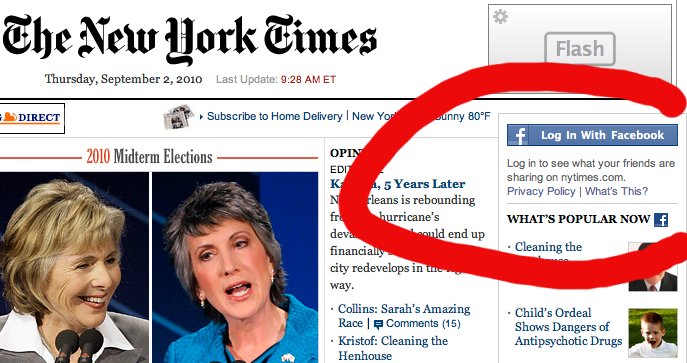Cable companies like Time Warner and satellite companies like DirecTV are some of the most exploitive and hated companies in the country. Apple is one of the most loved companies. With the new Apple TV, Apple will give those nasty companies a rare new dose of competition.
I often ask people how much they pay for cable. Most of the time, I hear numbers like $90 a month or even more. Some people don’t know for sure how much they pay because they’ve bought bundles.
Last week, Apple announced that it will start shipping a new $99 Apple TV box later this month. I had been tempted to buy the older Apple TV for $229. Two things deterred me: the $229 cost (TV is not worth very much to me) and the fact that the old Apple TV box didn’t support Netflix. Isn’t it amazing how Apple knows what I want?
As far as I can tell so far, there are two major changes in Apple TV: 1. The new Apple TV does not have an internal hard disk. Instead, everything is stored on your computer and delivered to the Apple TV box over a Wifi network. 2. The New iTunes 10 includes “rental” of TV shows for 99 cents.
I’m fascinated that the new Apple TV box supports Netflix. Apple must have decided that Netflix is going to own the movie-streaming business, though Apple offers high-definition movies and Netflix does not. Is Apple planning to dominate the Internet delivery of TV shows the way Netflix dominates with movies?
I expect to see a lot of people cutting off their cable or satellite service and instead ordering the TV shows they want from Apple, à la carte. One’s movies would come from Netflix. As for the local stations, they’re totally useless except for their weather reports, and you can get that for free with a small antenna. In other words, higher quality, lower cost, with no money wasted on garbage you’re not interested in. You don’t have to have a Mac to do this. iTunes is available for Windows.
A postscript: I don’t have either cable or satellite TV at Acorn Abbey. The cost is too high, and most of the programming is useless. But I’d happily pay 99 cents for those things that I really want to see.
And a political angle: This is one of the reasons the big companies with near-monopolies on Internet service are so opposed to net neutrality. They want to be able to stifle this kind of competition from companies like Apple.


